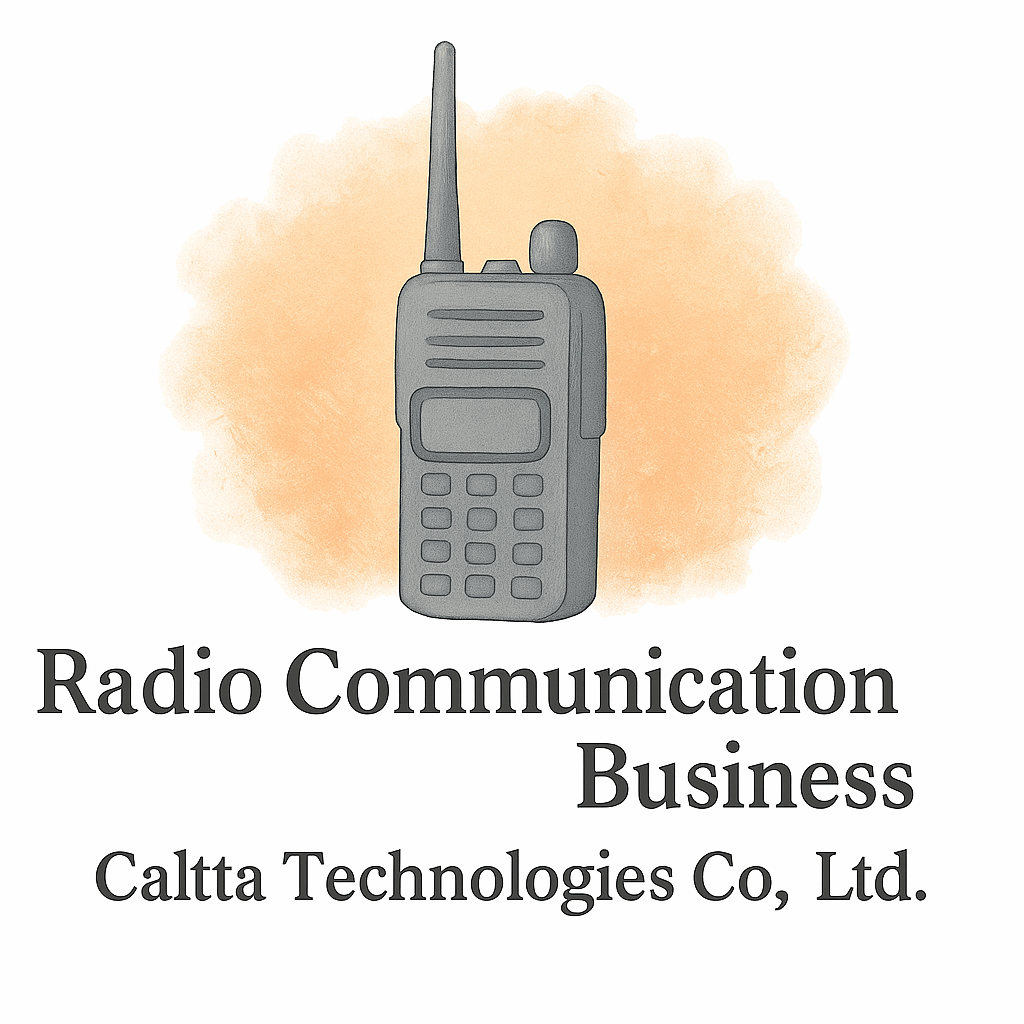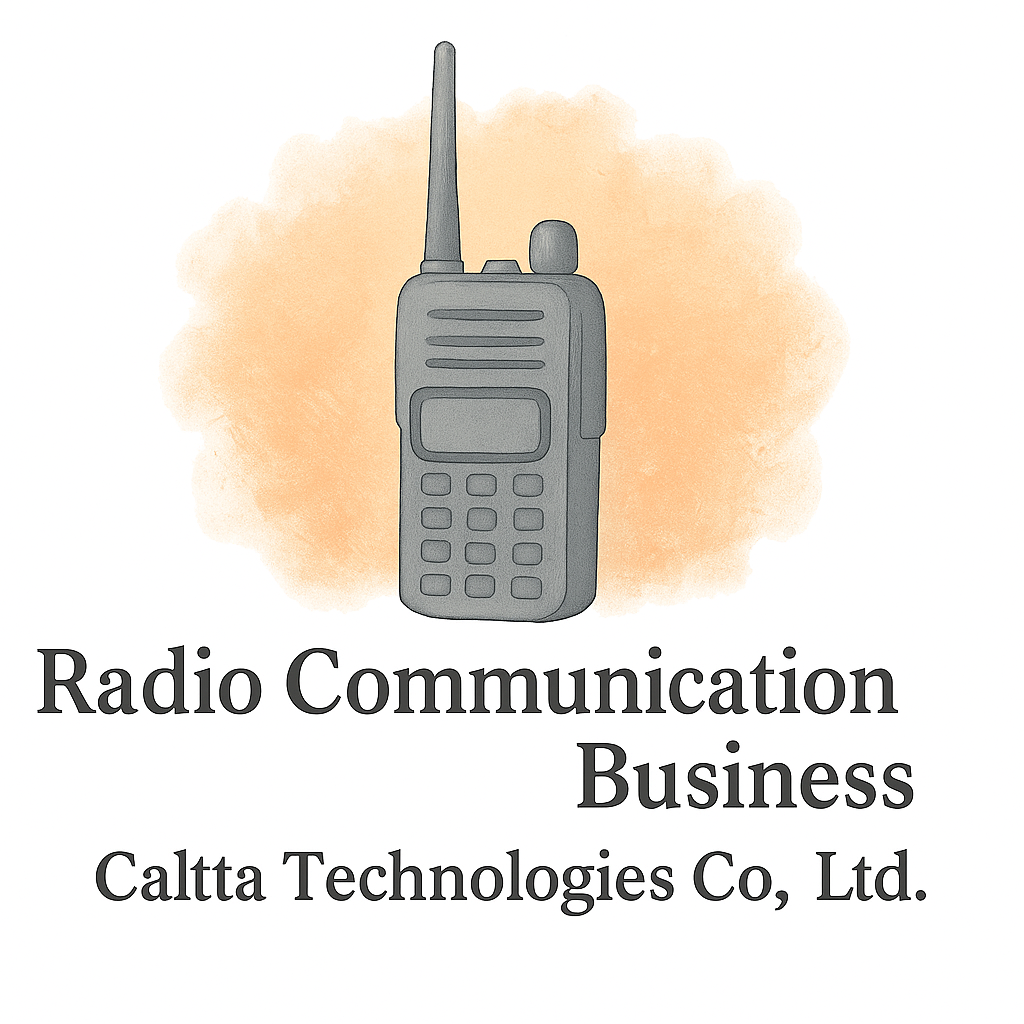Why Radio Communication Matters in Disasters
When disaster strikes—whether it’s a hurricane, wildfire, or earthquake—communication becomes the lifeline of survival. Radios remain one of the most reliable tools when cell towers are down or the internet is disrupted. Unlike smartphones, radios don’t rely on fragile infrastructures, which makes them a vital backbone for disaster response.
The Role of Radio in Emergency Response
Radios connect first responders, volunteers, and community members quickly. A firefighter can instantly relay a location update to a rescue team. Medical staff can get timely updates about injured survivors. Without radio, disaster zones would descend into chaos.
How Miscommunication Can Worsen a Crisis
Imagine calling for help and the message is misheard, or worse, ignored because of channel congestion. Miscommunication in disasters can literally cost lives. That’s why following safety protocols for clear radio communication during disasters is non-negotiable.
Protocol 1: Standardize Radio Language
Clear, standardized language is key. In emergencies, every word counts.
Avoid Jargon and Slang
While casual language works in normal situations, it’s dangerous in crises. For example, saying “We’re good” could mean safe to one person and “still struggling” to another. Use precise terms.
Use Clear Codes and Phrases
Standardized codes like “10-4” for acknowledgment prevent confusion. Agencies should also create disaster-specific phrasebooks. More on language clarity is explored in business startup basics, which can also apply to communication basics.
Protocol 2: Prioritize Channel Discipline
In chaotic times, multiple people talking at once can clog communication channels.
Keep Airwaves Free from Chatter
Only mission-critical information should be broadcast. Non-essential talk must be avoided to keep channels open.
Follow Proper Call Signs
Using clear call signs—like “Rescue Team Alpha” instead of “John”—helps identify who’s speaking and ensures messages reach the right person.
Protocol 3: Establish Backup Communication Plans
Disasters are unpredictable, so redundancy saves lives.
Multiple Frequencies for Redundancy
Always have alternate channels ready. If the main frequency gets jammed or overloaded, switching prevents downtime.
Integration with Digital Tools
Combining radios with apps, satellite phones, and GPS helps cover blind spots. Technology insights are often shared in equipment technology, which highlights how modern tools can back up traditional radio.
Protocol 4: Train All Personnel Regularly
A radio is only as effective as the person using it.
Conduct Drills and Simulations
Practice makes perfect. Agencies should hold mock disaster drills where teams use only radios for communication.
Refreshers to Avoid Complacency
Training shouldn’t be one-and-done. Refreshers ensure no one forgets essential commands under stress. Check out industry insights for examples of training best practices.

Protocol 5: Maintain Proper Equipment Use
Even the best protocols fail if equipment breaks down.
Regular Maintenance and Checks
Radios must be inspected daily during active disaster seasons. Dust, water, or broken antennas can render them useless.
Backup Batteries and Power Sources
Having spare batteries, solar chargers, or backup generators ensures radios don’t die in the middle of a crisis. Cost-efficiency tips can also be found under budget strategies.
Protocol 6: Prioritize Message Brevity and Clarity
Keep it short, keep it sharp.
Short, Direct, and Relevant
Messages like “Evacuate zone 3 now” are clearer than long-winded explanations.
Avoid Overloading Information
Flooding channels with details creates confusion. Instead, break down information into short bursts.
Protocol 7: Implement Hierarchical Communication
Not everyone should talk at once.
Chain of Command for Radio Use
Messages should follow a structure: field units report to team leaders, who then pass information up the chain.
Preventing Channel Overload
This avoids multiple people speaking at the same time, making sure the most important updates come through.
Protocol 8: Ensure Compliance with Regulations
Ignoring radio regulations can cause interference with other critical systems.
Following Local and International Guidelines
Disaster radios must align with federal and international communication laws. Learn more about staying compliant under compliance.
Avoiding Legal and Safety Risks
Breaking radio laws can lead to penalties or put lives in jeopardy if frequencies clash with aviation or medical lines.
Protocol 9: Build Strong Networking and Coordination
Disasters are never a solo mission.
Inter-agency Radio Collaboration
Police, fire departments, NGOs, and medical responders must coordinate across shared frequencies.
Community and Volunteer Integration
Local volunteers with handheld radios can extend communication coverage. Building such networks ties in with networking strategies.
Tools and Technology to Improve Radio Safety
Modern tech makes radio communication stronger.
Modern Radio Equipment
Radios now come with GPS, encryption, and noise cancellation to handle chaotic environments.
Digital Enhancements and GPS Integration
Using apps and location tracking ensures faster rescue responses, which aligns with innovations seen in tech.
Common Mistakes to Avoid in Radio Communication
Learning from mistakes can save lives.
Overcomplicating Messages
Long or coded messages create confusion. Keep it simple.
Ignoring Regular Equipment Checks
A dead battery or broken antenna during a storm is a preventable mistake. See more under mistakes.
Cost-Saving Tips for Disaster Radio Communication
Safety doesn’t have to break the bank.
Budget-Friendly Tools
Agencies can purchase refurbished radios that are reliable yet affordable.
Sharing Resources Among Agencies
Pooling resources across organizations reduces costs. Explore more ideas on cost-saving.
Industry Insights: The Future of Disaster Radio Protocols
What’s next for radio communication?
Integration with AI and IoT
Imagine radios that auto-translate languages or detect blocked signals. AI is already making this possible.
Smarter, Faster Emergency Responses
IoT-connected devices can trigger automatic alerts via radio frequencies, cutting down on human delay. Learn more at industry insights.
Conclusion
Radio communication is the unsung hero of disaster management. Following these 9 safety protocols for clear radio communication during disasters ensures messages are clear, timely, and life-saving. From standardized language to compliance and modern tech, these steps create resilience when everything else fails.
When the stakes are high, clarity saves lives.
FAQs
Q1: Why is radio better than mobile phones in disasters?
A1: Radios don’t rely on cell towers, making them more reliable when infrastructure collapses.
Q2: How often should radios be tested?
A2: Ideally, radios should be checked daily during disaster seasons.
Q3: Can volunteers use radios too?
A3: Yes, trained volunteers with handheld radios can greatly extend communication reach.
Q4: What’s the biggest mistake in disaster radio use?
A4: Overcomplicating messages and ignoring channel discipline are the most common errors.
Q5: Do radios need a license to operate during disasters?
A5: Some frequencies require licensing; compliance avoids legal and safety risks.
Q6: How do agencies save costs on communication gear?
A6: By using refurbished radios and sharing resources across departments.
Q7: What’s the future of disaster communication?
A7: AI, IoT, and smart radios will make communication clearer, faster, and more efficient.


